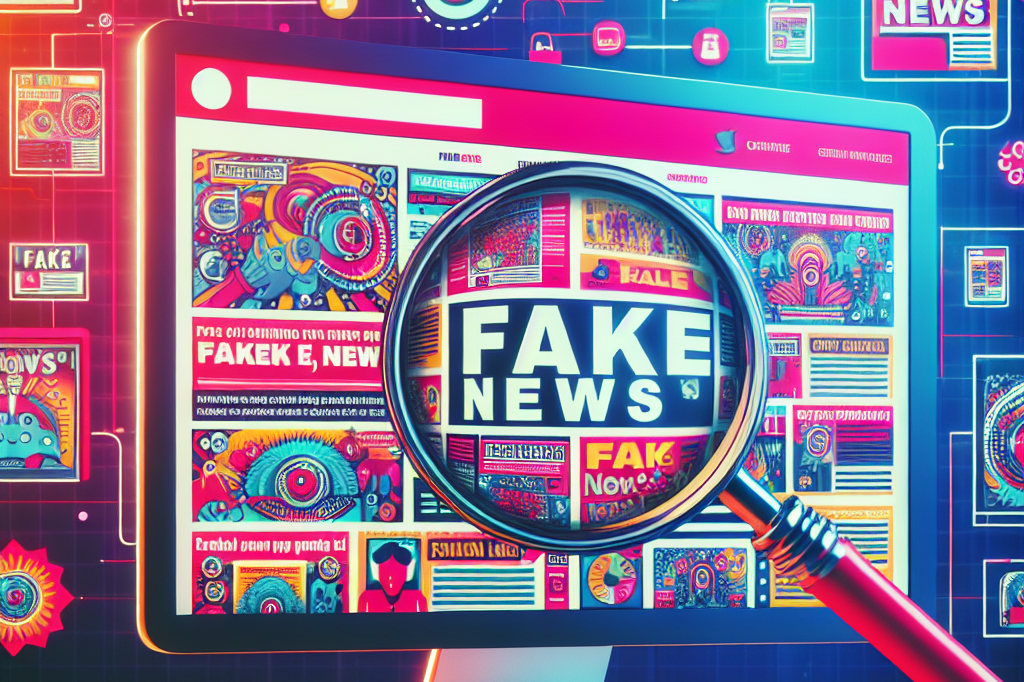The Age of Misinformation: Understanding and Combating Fake News

We live in a time when information spreads faster than ever before. News can go viral within minutes, reaching millions across the globe. But not all of it is true. Fake news—misleading or entirely false information presented as real news—has become a significant challenge in today's digital landscape.
What Is Fake News?
Fake news refers to intentionally false or misleading information that is designed to deceive readers. It often takes the form of fabricated stories, manipulated images, or exaggerated claims that resemble credible journalism. The goal? To influence public opinion, provoke emotional reactions, or generate profit through advertising.
The Impact of Fake News
The consequences of fake news can be severe. It can sway elections, damage reputations, incite violence, and create confusion on important societal issues. For example, misinformation about health-related topics—such as vaccines or treatments—can endanger lives by spreading incorrect advice.
Additionally, fake news erodes trust in legitimate journalism. When people struggle to differentiate between real and false information, they may become skeptical of all news sources, which weakens public discourse.
Why Does Fake News Spread So Easily?
Several factors contribute to the rapid spread of fake news:
- Social Media Algorithms: Platforms prioritize content that engages users, often amplifying sensational or misleading stories.
- Confirmation Bias: People tend to believe information that aligns with their existing beliefs, making them less likely to question false stories.
- Clickbait Headlines: Some websites generate revenue from advertising by publishing exaggerated or false stories designed to attract clicks.
- Lack of Media Literacy: Not everyone is trained to critically analyze news sources, making it easier for fake news to gain traction.
How to Identify Fake News
Being able to spot fake news is crucial in today’s world. Here are a few steps to help:
- Check the Source: Reliable news outlets follow ethical journalism practices. If the source is unknown or questionable, be skeptical.
- Look for Multiple Reports: If only one website is reporting a shocking story, it may not be true. Legitimate news is typically covered by several reputable outlets.
- Verify with Fact-Checking Sites: Websites like Snopes, FactCheck.org, and others specialize in debunking false claims.
- Analyze Emotional Language: Fake news often uses dramatic or emotionally charged language to provoke reactions. Real news is typically more neutral in tone.
- Examine Images and Videos: Misleading stories often use altered or out-of-context visuals. A reverse image search can reveal if an image has been reused or manipulated.
The Role of Technology in Fighting Fake News
Governments, social media platforms, and fact-checking organizations are working to combat misinformation. Artificial intelligence tools now help detect and flag fake news, while educational programs aim to improve media literacy among the public.
However, technology alone cannot eliminate fake news. It requires a collective effort from individuals to question information critically, avoid sharing unverified content, and seek out reputable sources.
Conclusion
Fake news is a serious issue that affects politics, health, and society at large. In a world flooded with information, learning how to discern truth from fiction is more important than ever. By becoming more skeptical consumers of news and verifying sources before accepting information as fact, we can all play a role in reducing the influence of misinformation.
In the battle against fake news, knowledge is the strongest defense. Stay informed, think critically, and seek the truth.






